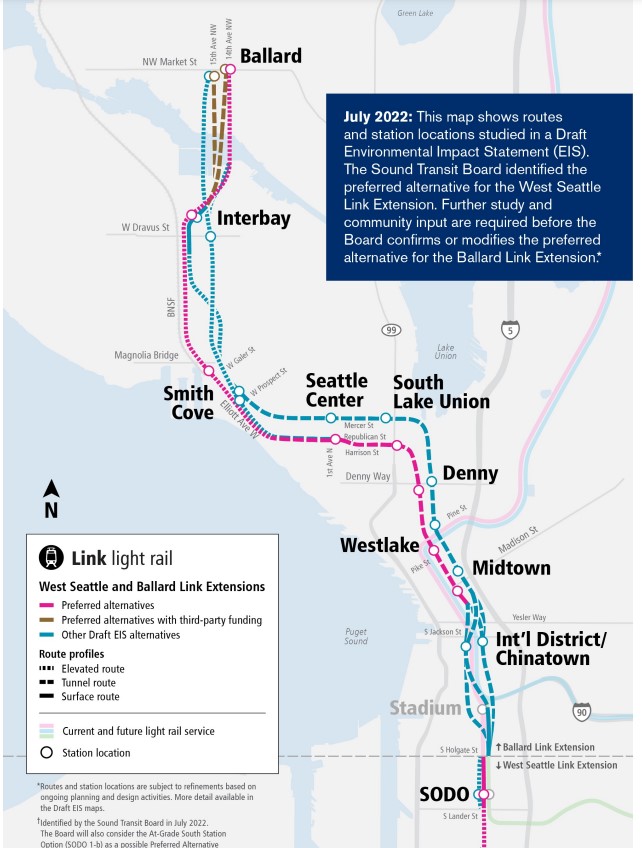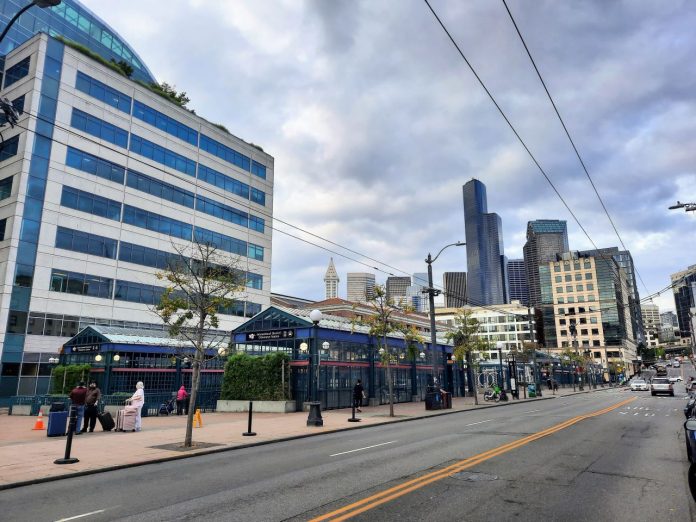
Advocates worry Sound Transit is tilting the scales in favor of the board’s preferred alternatives of skipping Chinatown and Midtown and shifting Denny Station north.
In August, the Sound Transit Board approved a $122 million disbursement to its consultant HNTB for an environmental study and engineering work for Ballard Link light rail. Sound Transit portrayed this as a perfunctory step to advance the process without foreclosing alternatives still remaining in the study, but advocates led by Transit Equity for All and Seattle Subway argued against the allocation. They worried it would become an obstacle to building light rail stations in Chinatown-International District (CID) and Midtown as had been originally pledged in the voter-approved Sound Transit 3 ballot measure that funded the expansion.
The reason? The contract approves preliminary engineering work for the board’s preferred alternatives, but not for the other options remaining in the study. That means the new “North and South of CID” option skipping Chinatown and Midtown, which the board added late in the process and designated the preferred alternative in March, would get preliminary engineering work, but the 4th Avenue Shallow alternative that puts a station closer to the heart of the CID would not. The same goes for Midtown Station, the Denny Station that is $170 million cheaper and had been the preferred alternative until August, and the Uptown Station alternatives that are closer to Seattle Center.
While those options are technically still on the table and being studied, they will not get the preliminary engineering work required to make them buildable down the road. Such detailed work can expose flaws in designs, but it also can reveal creative solutions that bring down costs or deliver more benefits. Only preferred alternatives will get that work, as Sound Transit spokesperson Rachelle Cunningham recently confirmed.
“Preliminary Engineering will be conducted for the entire Ballard Link Extension Preferred Alternative, which includes the Station North of CID and Station South of CID,” Cunningham said. “The CID 4th Avenue Shallow, Shallower and Deep alternatives will continue to be studied in the Draft EIS, along with CID 5th Avenue alternatives, but will not be carried into Preliminary Engineering.”
A runaway train with the power of inertia
While some boardmembers who have expressed interest in building a CID station have argued the option could be added back later, the process will not make that easy or frictionless. Sound Transit said it will take about two years to complete preliminary engineering work for the entire Ballard Link Extension. Thus, the preferred alternative will have a head start on other options even though the new additions have been in the study just months instead of receiving the eight years of scrutiny that options in the 2016 ballot measure received.
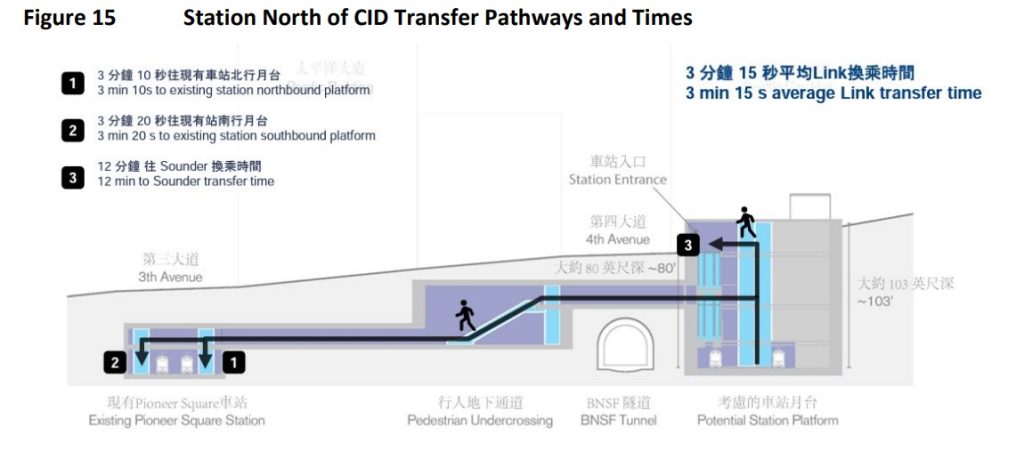
The late additions that became preferred alternatives will require doing another Draft Environmental Impact Statement (EIS) — planner speak for the official environmental study that compares options, compiles public feedback, and weighs impacts. While Sound Transit has called this a “supplemental” Draft EIS, it will take more than a year in its own right. Completing the Draft EIS and advancing to the Final EIS phase will provide another moment — perhaps the last one — for the board to reassess the alignment and preferred station alternatives.
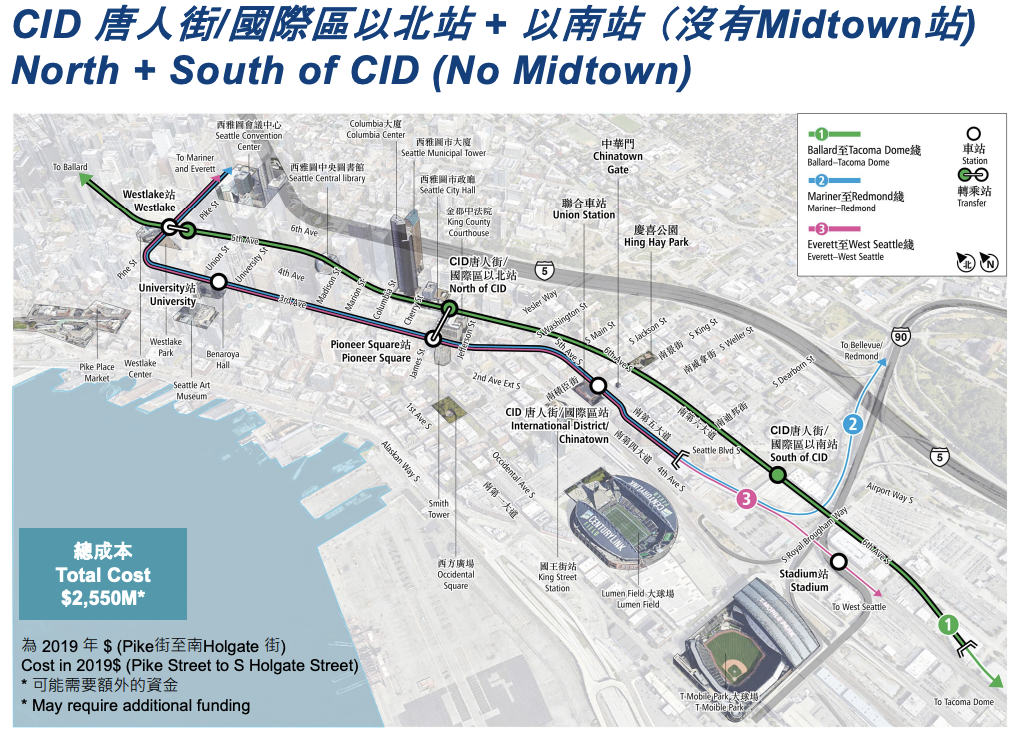
But when that step occurs, preliminary engineering already being well in progress will give the preferred alternatives established this spring and summer momentum. Backers of skipping Chinatown and Midtown will paint their option as expedient and other alternatives as triggering delays. But this is precisely how they designed the process.
Preliminary engineering is advancing even though the Draft EIS work is in its infant stages for four brand new preferred station alternatives that didn’t exist under the previous Draft EIS released in 2022 and triggered another Draft EIS. Even the preliminary engineering work happening at neighboring stations will be heavily affected by the new station alternatives, which involved major changes to the alignment. If Sound Transit were to add Chinatown and Midtown back in and shift Denny Station again, it might mean extra engineering work on not just those stations, but also their neighbors.
Sound Transit has not released an exact schedule for the new environmental study work, but their Ballard Link project schedule does presently envision wrapping all design work by 2027 so that construction can begin in 2027, which may last a decade or more given the complexity of the project. Sound Transit anticipates opening Ballard Link in 2039 — already delayed from earlier pledges to open in 2035.
Running afoul of the feds?
Transit Equity for All leaders Betty Lau and Brien Chow, long active in the CID community, were frustrated with the board’s decision. They also raised questions about whether the process was being corrupted and would run afoul of federal law.
“Authorizing engineering studies only for North of and South of CID flies in the face of the Sound Transit board vote to go forward with N&S of CID as well as 4th Avenue Shallow,” Lau said in an email. “Using federal dollars to bypass a large community of color is forbidden by Title VI and violates Sound Transit policies to regularly collaborate and communicate with community members in the languages of the community.”
Title VI is the section of the landmark Civil Rights Act of 1964 that prohibits discrimination on the basis of race, color, and national origin in programs and activities receiving federal financial assistance.
“It’s outrageous that Sound Transit is stubbornly forging ahead without the consent of the supermajority of residents and businesses who want the voter-approved 4th Avenue hub at Union Station,” Chow said. “It’s a disgrace to disconnect the regional system and not provide light rail to an underserved community in order to enrich wealthy landowners at North and South of CID!”
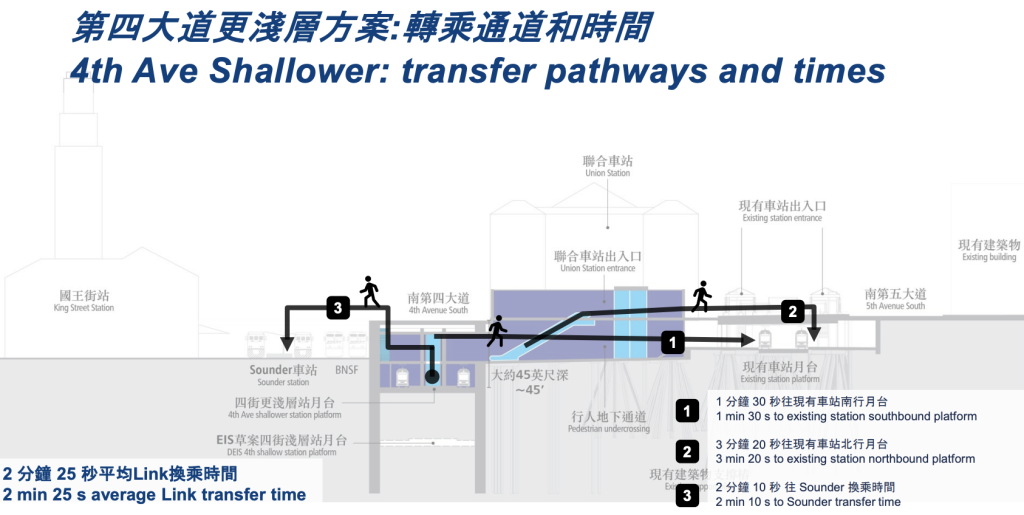
Jon Cracolici, board president of Seattle Subway, shared the concern that process was being tilted to benefit specific landowners and developers rather than focus on riders and transit outcomes.
“Seattle Subway is disappointed to see the Sound Transit Board commit public money to begin engineering for unstudied stations while ignoring the 4th Avenue Station,” Cracolici said. “4th Avenue is better for transit riders and is supported by the community, while all we know about the unstudied ‘preferred alternatives’ is that they are much worse for riders but are preferred by certain well-connected developers. We don’t see why that justifies committing tax money to them before we learn anything else, and can properly compare the options.”
Seattle Subway argued the last-minute changes subverted the will of voters.
“Sound Transit is skipping parts of their own process to ensure that public money gets directed to the places that certain boardmembers prefer rather than building the system the voters want, deserve, and voted for,” Cracolici said.
Doug Trumm is publisher of The Urbanist. An Urbanist writer since 2015, he dreams of pedestrian streets, bus lanes, and a mass-timber building spree to end our housing crisis. He graduated from the Evans School of Public Policy and Governance at the University of Washington in 2019. He lives in Seattle's Fremont neighborhood and loves to explore the city by foot and by bike.

